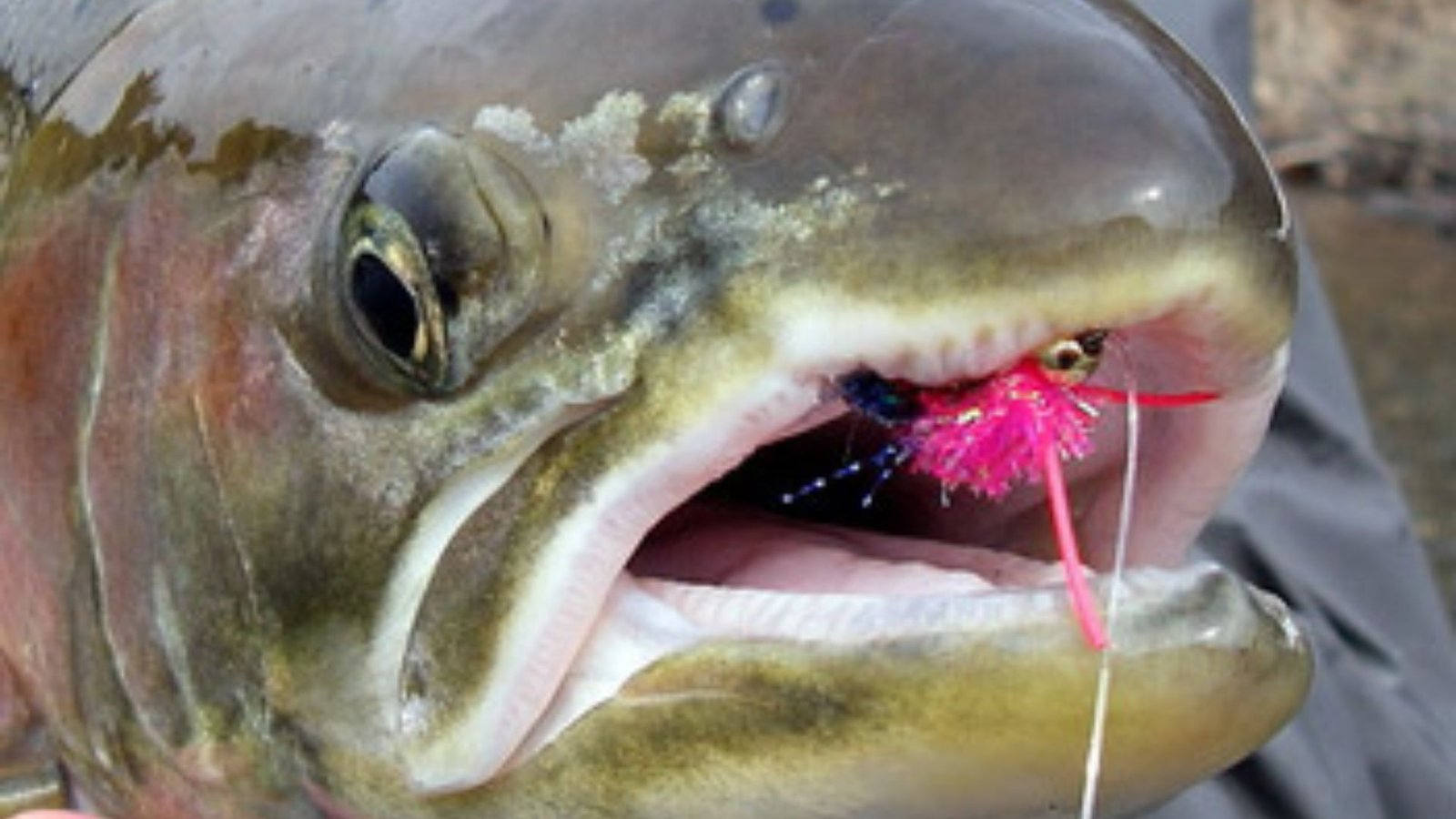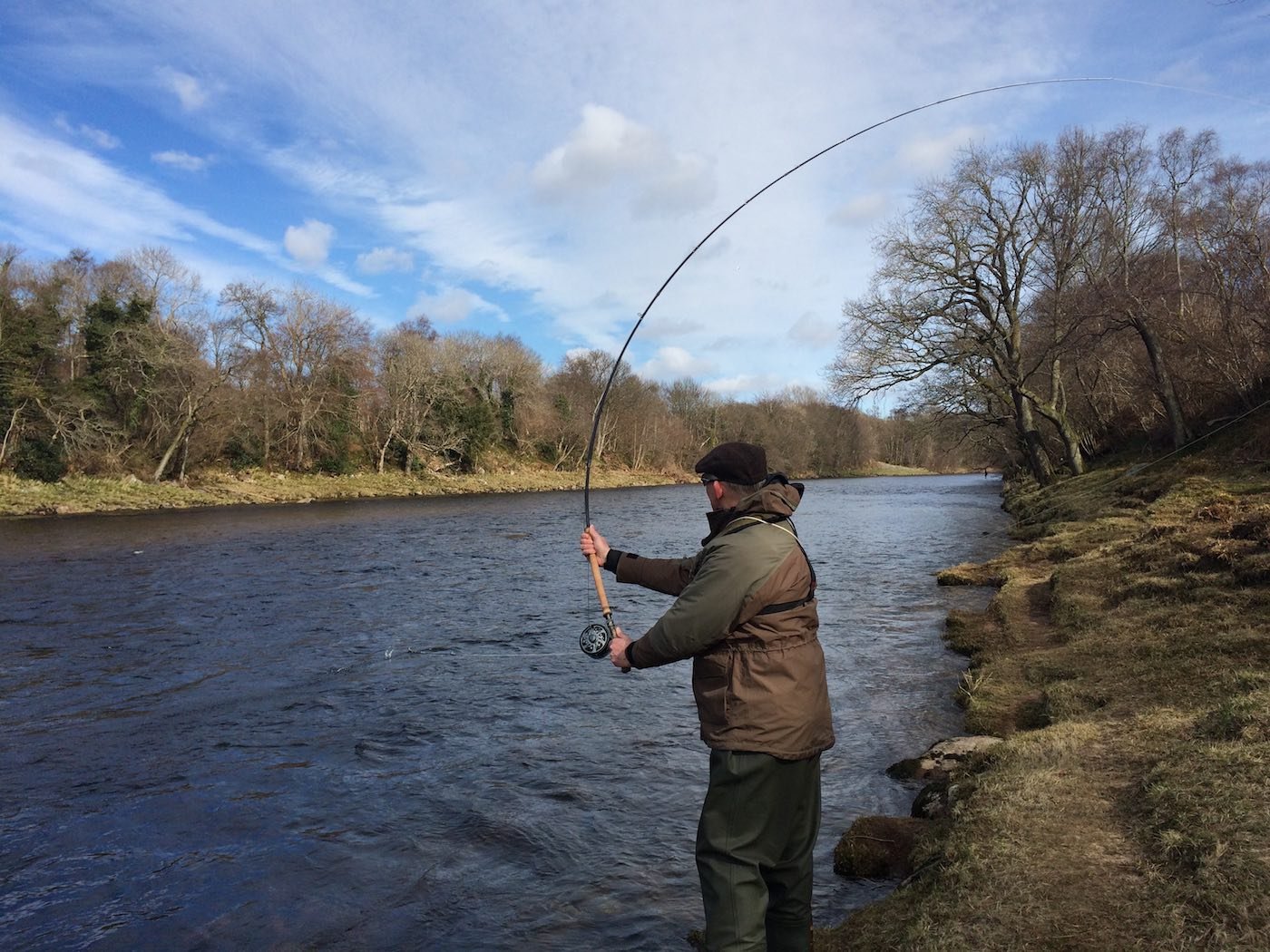Fly fishing is a rewarding and enjoyable sport, but it comes with its own set of challenges. Whether you’re a novice or a seasoned angler, it’s easy to make fly fishing mistakes that can hinder your success and enjoyment. Understanding and avoiding these common errors can improve your technique, increase your catch rate, and enhance your overall experience. In this guide, we’ll explore how to avoid common fly-fishing mistakes and make the most of your time on the water.

How to Avoid Common Fly Fishing Mistakes
Choosing the Wrong Gear
One of the most common fly-fishing mistakes is using the wrong gear. Selecting the appropriate rod, reel, line, and flies for the specific conditions and target species is crucial. Beginners often choose gear that is either too light or too heavy for the type of fishing they plan to do.
Solution: Research and invest in quality equipment that matches your fishing environment and the fish you’re targeting. For instance, a 5-weight rod is versatile and suitable for trout, while an 8-weight rod is better for larger fish like salmon or pike. Consulting with experienced anglers or visiting a local fly shop can also help you make informed choices.
Poor Casting Technique
Another frequent fly fishing mistake is poor casting technique. Improper casting can lead to tangled lines, spooked fish, and frustration. Common errors include excessive force, improper timing, and not allowing the rod to load properly.
Solution: Practice your casting regularly, focusing on smooth, controlled movements. Watch instructional videos, take casting lessons, or join a local fly fishing club to improve your technique. Remember, finesse and accuracy are more important than distance.
Ignoring the Environment
Many anglers overlook the importance of understanding and observing their fishing environment. This fly fishing mistake can result in missed opportunities and reduced catch rates. Factors like water temperature, insect activity, and fish behaviour significantly influence success.
Solution: Spend time studying the water before you start fishing. Look for signs of fish activity, such as rising fish or insect hatches. Use this information to choose the right flies and fishing spots. Being aware of your surroundings and adapting to the conditions can greatly increase your chances of success.
Incorrect Fly Selection
Choosing the wrong fly is a common fly-fishing mistake that can result in fewer bites. Different fish species and environments require specific fly patterns and sizes. Using a fly that doesn’t match the local insects or baitfish can make your offering less appealing to fish.
Solution: Research the local insect hatches and forage before your trip. Carry a variety of flies in different sizes and patterns to match the conditions. If you’re unsure, ask local anglers or fly shops for recommendations on the best flies for the area and season.
Poor Presentation
Even with the right fly, poor presentation can ruin your chances of a successful catch. This fly-fishing mistake involves failing to make your fly look natural in the water. Common issues include drag, where the fly moves unnaturally, and landing the fly too hard, which can scare fish.
Solution: Work on your presentation skills by practising different casting techniques, such as the roll cast or the reach cast, to reduce drag. Aim for a gentle, quiet landing of your fly on the water. Observing how insects behave on the water’s surface can help you mimic their movements more effectively.
Neglecting to Check Knots and Lines
Overlooking the condition of your knots and lines is a fly fishing mistake that can lead to lost fish and broken lines. Weak knots or damaged lines can fail under pressure, causing frustration and missed opportunities.
Solution: Regularly inspect your lines and knots for wear and tear. Retie your knots frequently, especially after catching a fish or changing flies. Learn and use strong, reliable knots, such as the improved clinch knot or the loop knot, to ensure a secure connection.
Lack of Patience
Fly fishing requires patience and persistence. Impatience is a common fly fishing mistake that can lead to rushed casts, poor presentations, and missed opportunities. It’s important to stay calm and focused, even when the fish aren’t biting.
Solution: Develop a patient mindset and enjoy the process of fishing, not just the catch. Take breaks to observe the water and environment, and adjust your strategies as needed. Remember, successful fly fishing often involves waiting for the right moment and making calculated decisions.
Conclusion
In conclusion, avoiding common fly fishing mistakes can significantly improve your experience and success on the water. By choosing the right gear, practicing proper casting techniques, observing your environment, selecting the appropriate flies, ensuring good presentation, checking your knots and lines, and maintaining patience, you can enhance your fly fishing skills and enjoy more fruitful outings. Fly fishing is a journey of learning and adaptation, so embrace the process, stay curious, and keep refining your techniques. Happy fishing!




